The Weekly Anthropocene, February 5 2025
A global peak in five air pollutants, the great tiger renaissance of India, solar power in Turkey and the U.S., AI for super-fast crop breeding & autonomous marine biology drones, and more!
Earth
Our World in Data reports that Earth has likely passed peak air pollution for five major air pollutants (sulphur dioxide, nitrogen oxides, carbon monoxide, black carbon, and organic carbon). Note that these are different from the climate change-causing human-emitted greenhouse gases like carbon dioxide and methane: the five air pollutants that have peaked are better known for their local effects like smog, acid rain, and worsening respiratory diseases. Major contributors to this heartening shift, likely to save multitudes of human lives, include nations’ deployment of clean air regulations and the accelerating adoption of clean energy. EXCELLENT news!
Bloomberg analysts report that global annual investment in the clean energy transition reached a new high of $2.1 trillion in 2024. China alone accounted for $818 billion (0.818 trillion). For context, approximately twice as much money is now being invested in clean energy as the amount invested in fossil fuels worldwide. Spectacular!
India

The tiger population of India famously doubled in just over a decade, rising from an estimated 1,706 wild tigers in 2010 to an estimated 3,682 in 2022. India is now home to A new study in Science goes in-depth on the roots of this extraordinary hard-won conservation success, highlighting the effective combination of both protecting tiger habitat in both “stronghold” wild areas like national parks and working to enable coexistence with people in human-dominated landscapes. Notably, protecting landscapes for tigers also tends to protect a multitude of other species!
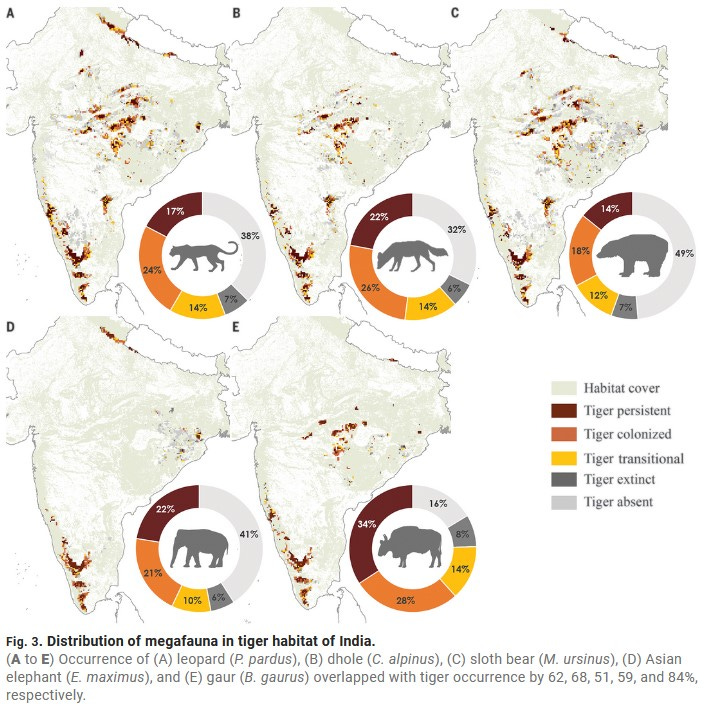
When you think about it, it’s an absolutely astounding achievement that a nation of over 1.4 billion people has managed to rapidly develop and raise living standards while increasing the local population of an apex predator at the same time. A truly paradigmatic example of an emerging good Anthropocene. Marvellous work!
“The common belief is that human densities preclude an increase in tiger populations.
What the research shows is that it’s not the human density, but the attitude of people, which matters more.”
—Yadvendradev Jhala, Indian National Academy of Sciences
India’s governmental rooftop solar initiative, the world’s largest, has already helped install clean solar power on over 850,000 rooftops since its creation in early 2024. The next goal is to reach 10 million!
Japan
The Japanese crested ibis or toki (Nipponia nippon) was devastated in the 20th century as pesticides and fertilizers were applied to its rice paddy habitat. In 1981, the last five wild toki in Japan were taken into captivity on Sado Island. Then, decades of dedicated captive breeding efforts culminated in the first reintroductions of crested ibis to Sado Island in 2008. Today, the population on Sado Island alone has reached over 500 individual birds, thanks in large popular to a popular “ibis-friendly farming” certification taking off among Sado Island’s satoyama rice farmers. Superb work!
Japan has historically been a laggard in the renewables revolution, well behind China, India, Europe, and America in clean energy adoption. Now, that might be changing. As the Japanese government has announced new, higher targets for renewables growth, two new small-scale projects offer enticing potential for a rapidly scalable integration of clean energy with already-widespread Japanese institutions.
Japan’s geology makes it a great candidate for classic-style geothermal, but historically it hadn’t taken off because most of the abundant deposits of underground hot water were already being used by traditional onsen hot spring baths. Now, the town of Tsuchiyu Onsen has built a community-supported geothermal plant integrated with its onsen - the steam turns a turbine before being mixed with cooler water and pumped into the baths. This plant is tiny, less than 1 MW, but could be a model for multitudes of other onsen towns, hopefully unlocking the estimated 23 GW of Japanese geothermal potential.
Prototype flexible perovskite solar panels are being deployed as energy-generating noise barriers along part of Japan’s famed Shinkansen high-speed rail lines. A major plastics manufacturer is setting up a perovskite solar factory and the Japanese government recently announced plans to develop 20 GW of perovskite solar by 2040. Japan’s late entry to the Solar Age might mean that it has an opportunity to focus on cutting-edge new panel chemistries.
Here’s hoping that the Land of the Rising Sun surges forward on cleantech!
Türkiye
Türkiye1 has DOUBLED its entire national solar capacity in just 2.5 years, rising from 9.7 GW (9,700 MW) in July 2022 to over 19 GW by the end of 2024. The nation exceeded its 2025 solar target of 18 GW by August 2024, 1.5 years ahead of schedule.
Notably, as in Pakistan and South Africa, the majority of the solar growth is driven by distributed, small-scale solar installations “primarily built for self-consumption” by households, businesses, and communities. The rooftop renewable revolution continues, bringing independent clean energy to homes worldwide. Excellent news!
The salty Lake Tuz in Türkiye is home to one of the largest flamingo colonies in the Mediterranean region, but has suffered in recent years as climate change-worsened droughts caused the lake to nearly disappear, leading to mass flamingo deaths. In 2022, the Turkish government began an interventionist conservationist effort to save the flamingo colony, drilling a well and running a 4-kilometer water pipeline using solar-powered pumps to create a water-rich hatching area for flamingo chicks. The bold action has been successful: in 2024, 4,300 flamingo chicks were detected in this human-nourished “kindergarten” area. Spectacular work!
Türkiye reportedly started building a semi-secretive rocket launching site in Somalia in December 2024, is now nearing completion, and has announced substantial investments in national spaceflight capabilities2.
United States
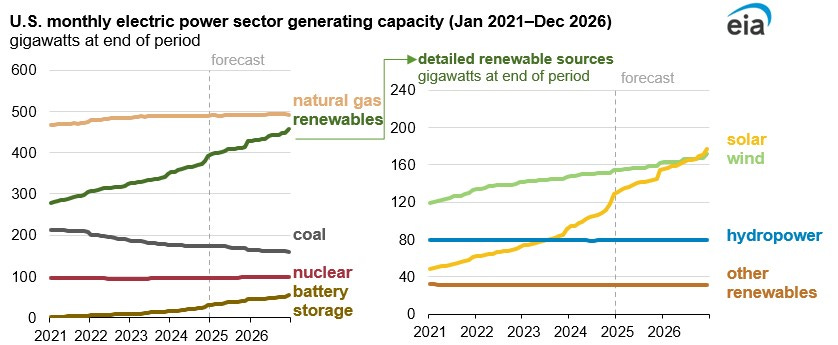
The U.S. Energy Information Administration expects solar power to continue to provide the majority of new electricity-generating capacity built in America through 2026. They forecast that while somewhat less new solar will likely be built in 2025 than in 2024, renewables generation in America will still increase by 12% while natural gas declines by 3%. Note in particular that this EIA forecast was released in late January 2025, since the current president’s inauguration. The ongoing gallimaufry of political balderdash might slow but can’t stop the clean energy revolution!
Renowned billionaire and longtime climate activist Michael Bloomberg announced that he was donating to ensure that the UN’s climate change efforts suffer no funding shortfall from the current American government’s recent cop-out. Great work!
Grist has an excellent article pointing out that the U.S. oil market is already saturated, and that essentially no amount of deregulation would make more drilling profitable.
New Jersey startup Still Bright is scaling up an absolutely revolutionary new way to extract copper from ore. Known as electrochemical reductive leaching, it involves liquid vanadium plus an electrolyzer, is fully electricity-powered, and can reportedly extract 99% of available copper from ore in a matter of minutes — much faster and more efficient than the previous state of the art. This is a big deal, as the traditional copper smelting method is energy-intensive and can produce lots of toxic tailings, while demand for copper is expected to surge massively for years to come thanks to copper wiring and mass clean electrification.
Heritable Agriculture, a brand-new startup that spun off from the Google “moonshot” lab, is working to use AI to predict exactly which genetic changes would improve specific food crops’ yield, taste, disease resistance, photosynthetic capacity, and/or other valuable traits. Their software has already been shown to speed up crop breeding immensely — with incredibly valuable potential to help human agriculture adapt to a fast-changing planet. Vitally important work!

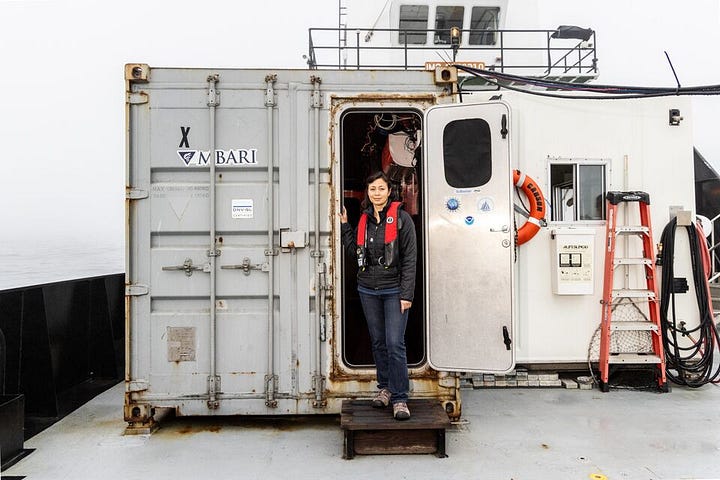
The Monterey Bay Aquarium Research Institute has integrated an AI program with the MiniROV submersible drone so that it can autonomously locate, track, and (soon) identify marine organisms without human input. They’ve also created an associated mobile game, FathomVerse, where players search for and identify deep sea marine life by annotating real MBARI images — which simultaneously provides training data for the AI bots to classify real-life organisms in the field. Potentially, this could develop into a scalable network of autonomous 24/7 sea-studying robots, supercharging the entire field of marine biology and helping us understand our homeworld’s oceans as never before — at a moment when ocean organisms’ understudied role in cycling carbon and regulating climate is vitally important to understand. Fascinating work!
On January 16, 2025, Microsoft unveiled MatterGen, a pioneering attempt to scale up generative AI for material science discovery and synthesis. They claim that it presents an entirely new state-of-the-art paradigm, explicitly addressing some of the issues with the pioneering LBNL A-Lab efforts at AI material synthesis and already having generated the structure of a novel material (TaCr2O6) that was then successfully synthesized in a lab. Microsoft has already released the MatterGen source code and training data to the public under an MIT license. The potential is immense, with this semi-automation of scientific discovery itself opening opportunities to synthesize new high-functioning materials for battery electrodes, superconductors, and more! This new method of discovery could help make the renewables revolution happen even faster. Great work!
The country officially changed its English name from “Turkey” to “Türkiye” in the early 2020s.
A bit outside this newsletter’s normal bailiwick, but breaking news of an under-construction spaceport in Somalia is just too unexpected and interesting to leave out!





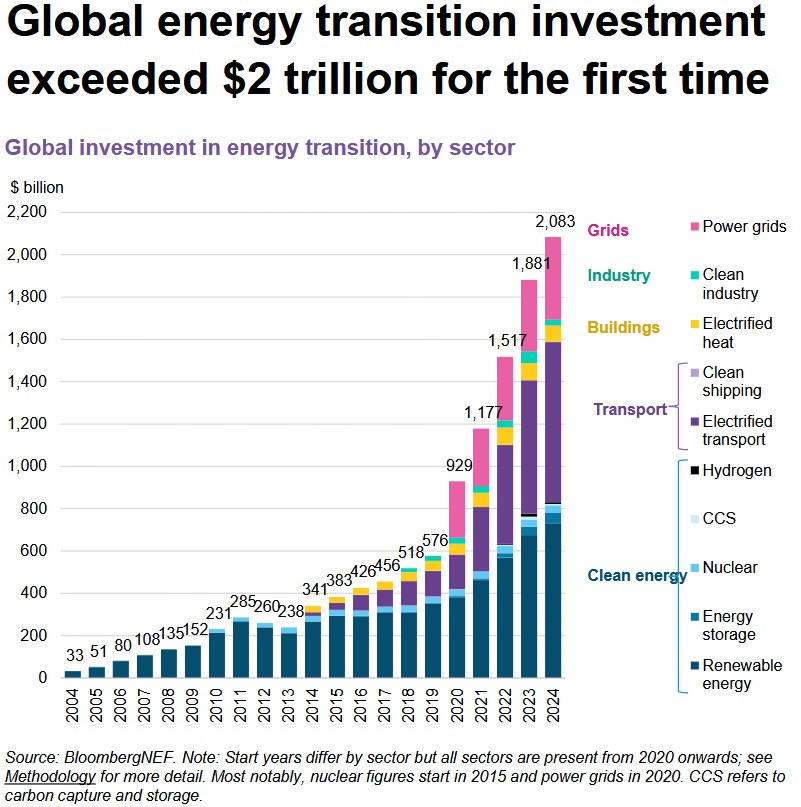

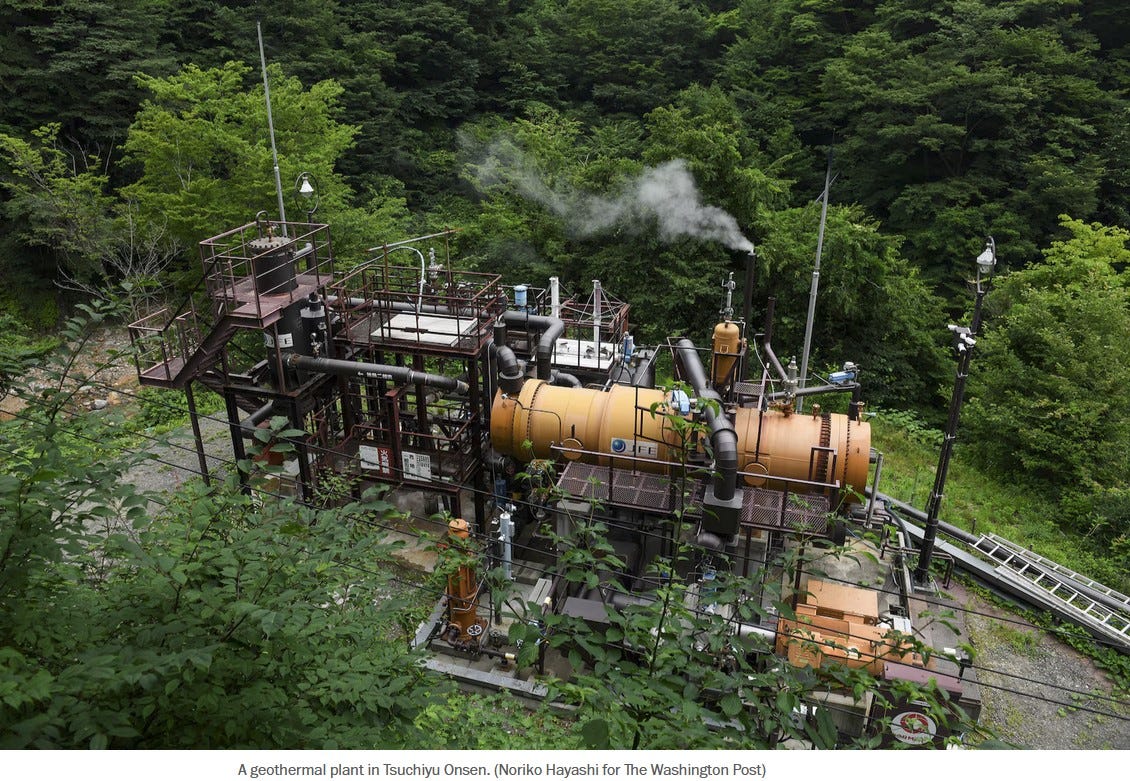

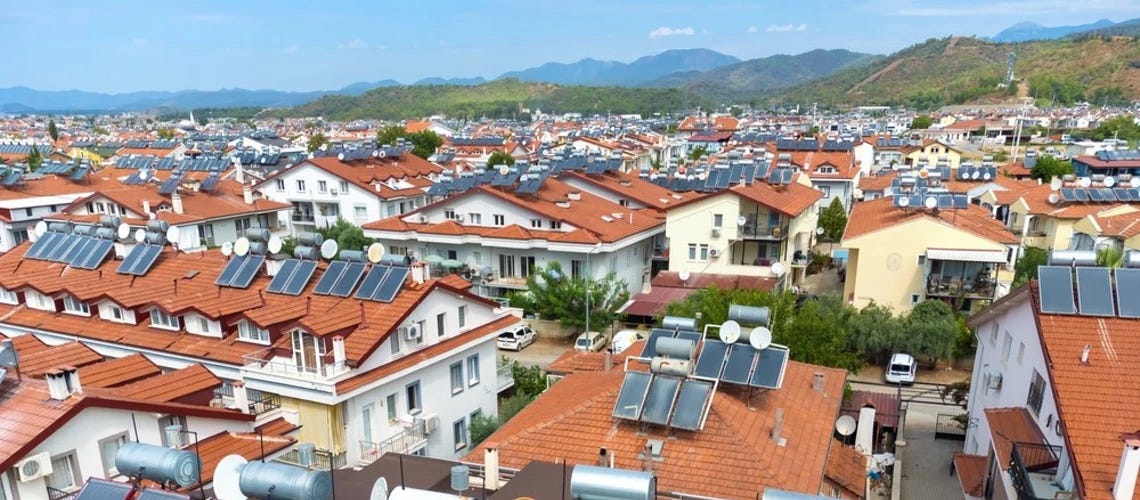
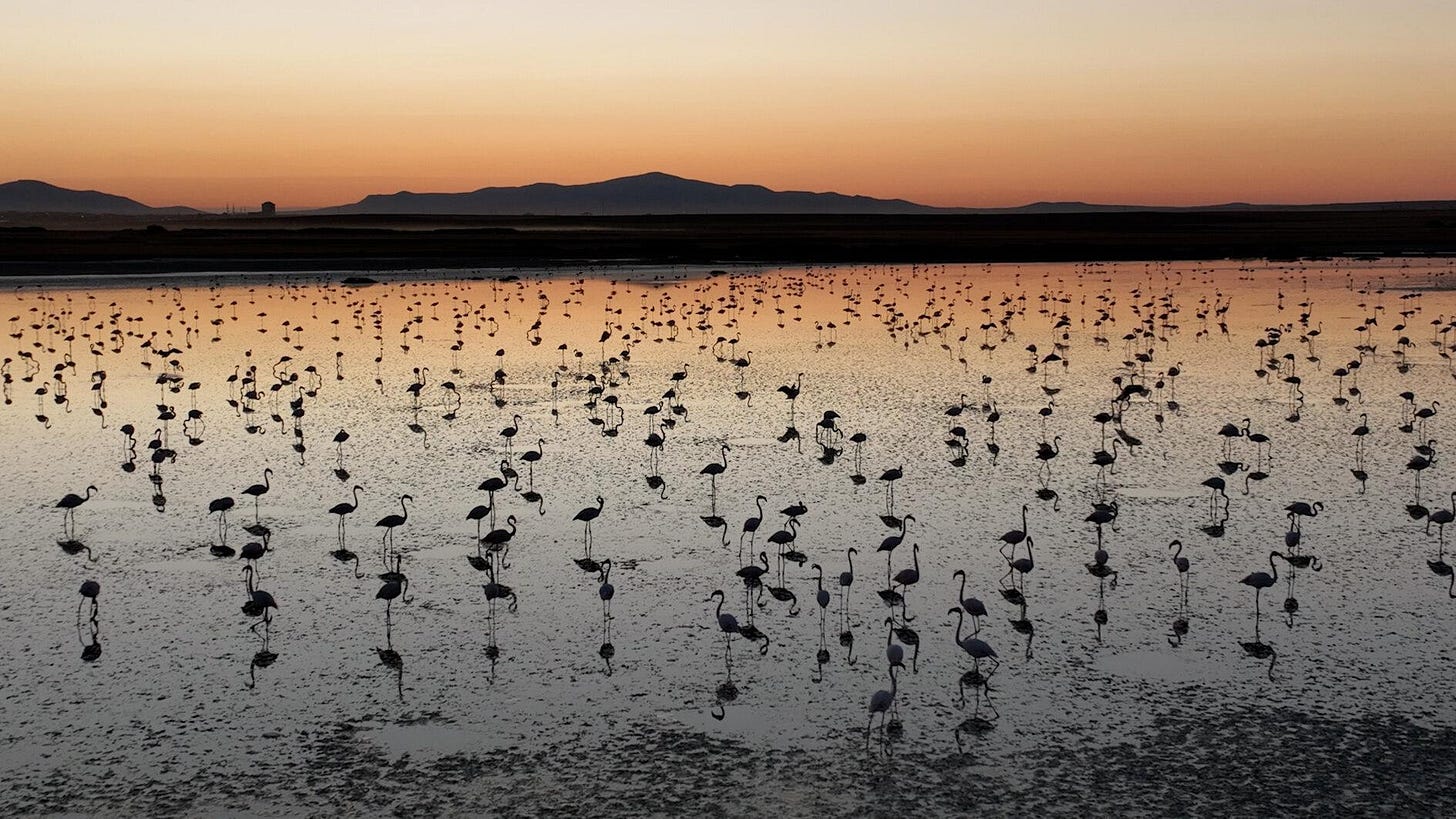

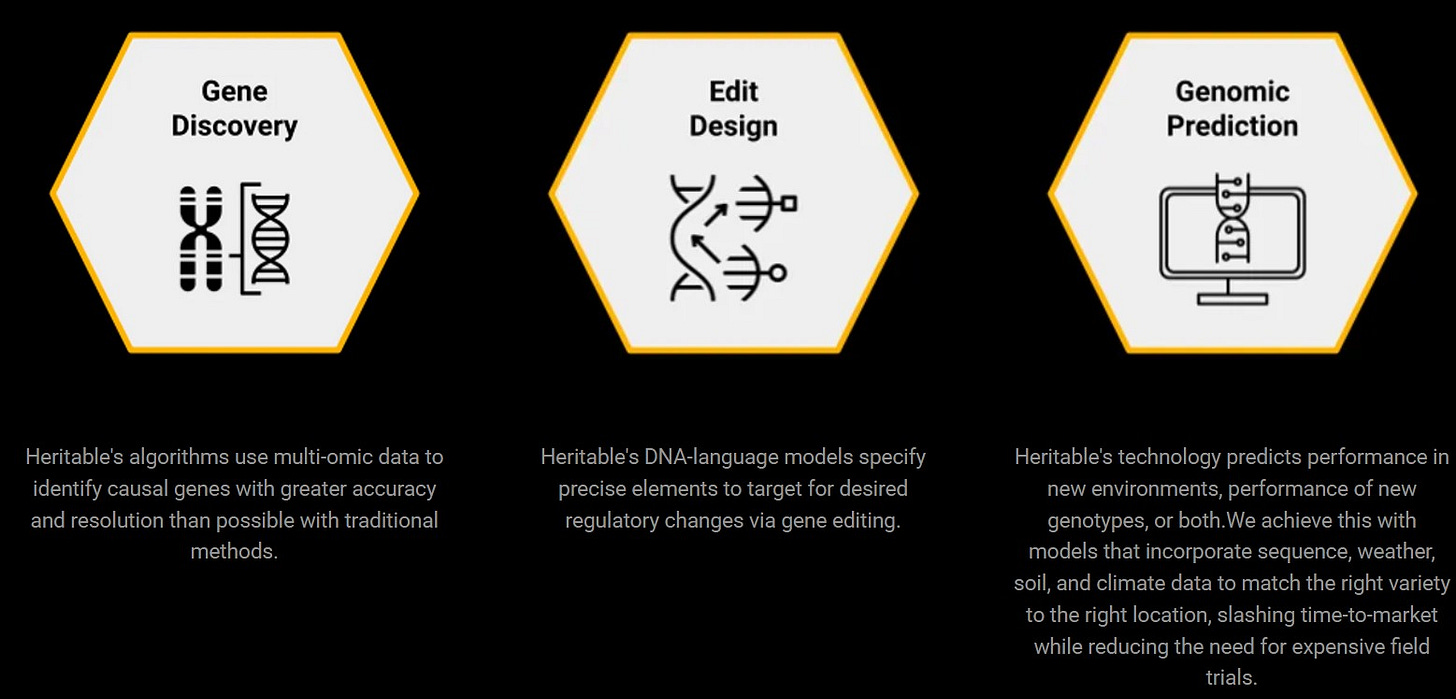
Many thanks for sharing. The tiger story is arguably the biggest conservation success story in recent years. For me, protecting source sites (=national parks) has been the key. And as you say, it's amazing that tiger numbers have doubled given that the human population is so high.
It's so exciting to read about the rebound of endangered species, like the Japanese ibis and the Bengal tiger.
I was at Ranthambore National park in Rajasthan in 2010, when there were just 1700 tigers. I got the chance to meet with some people involved in conservation work there, and I think that today's numbers of >3800 tigers would have exceeded their "wildest" (see what I did there?) expectations. Thank you for sharing this excellent news!